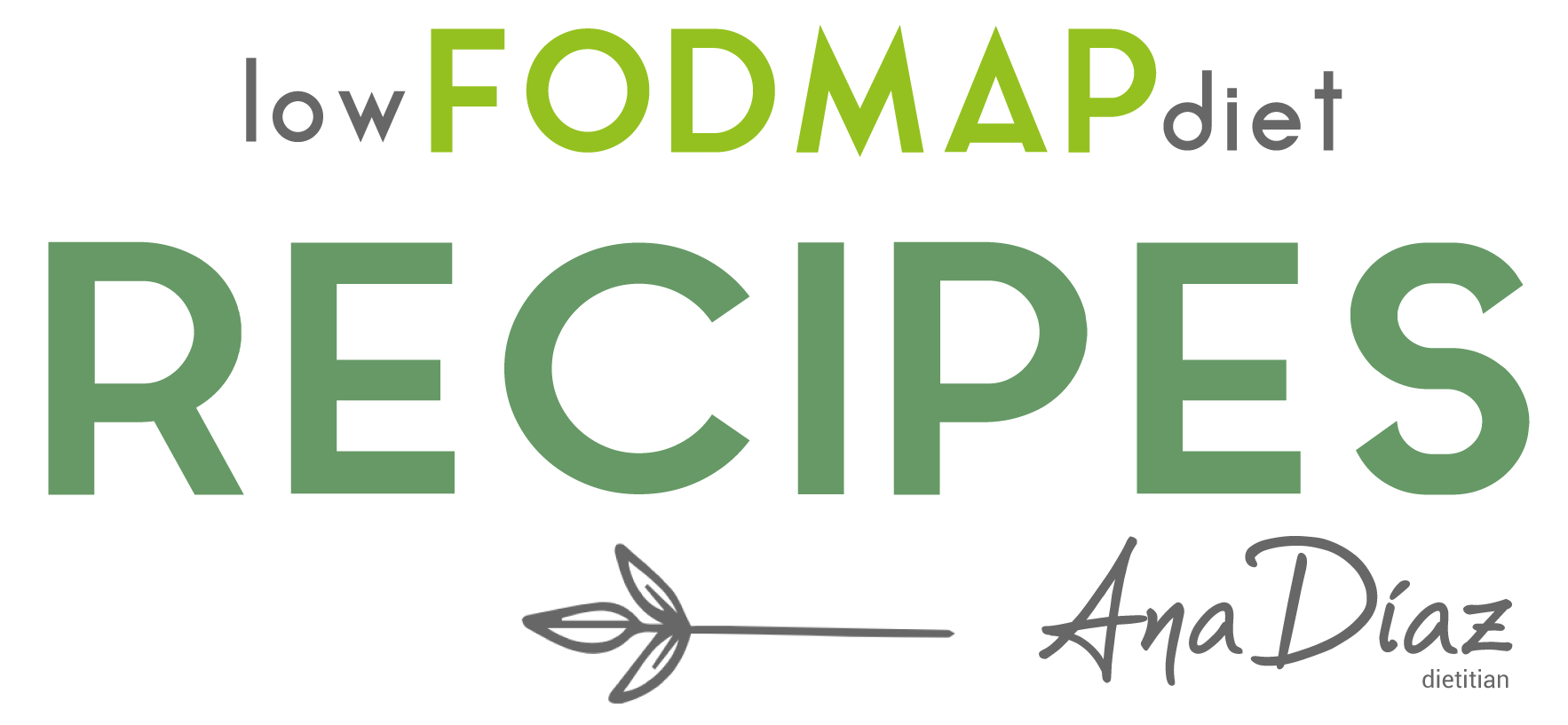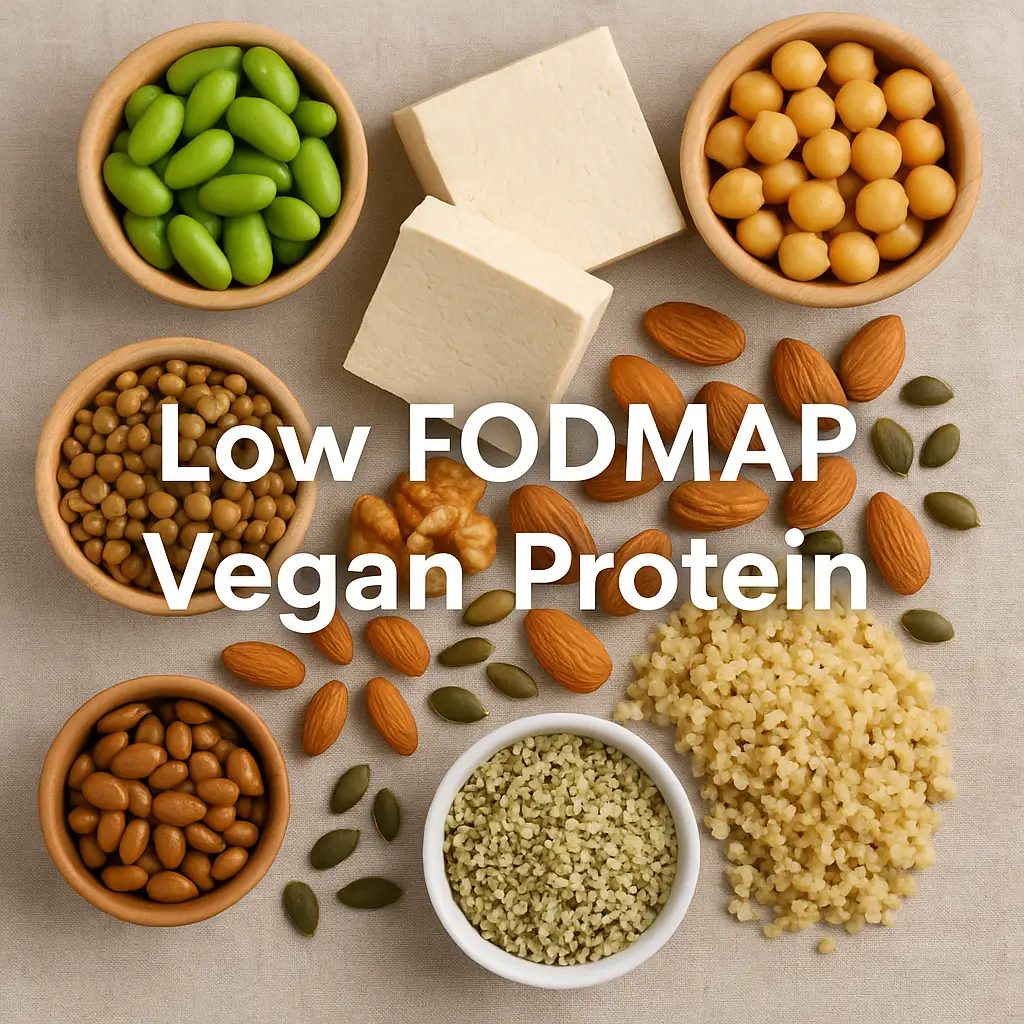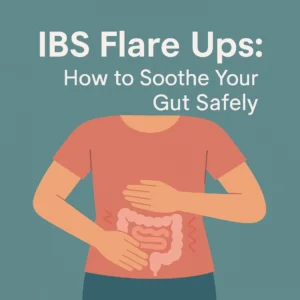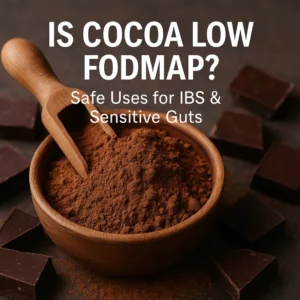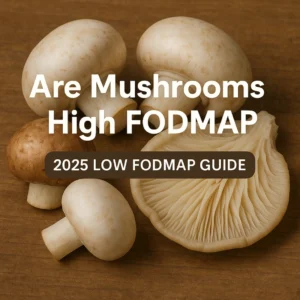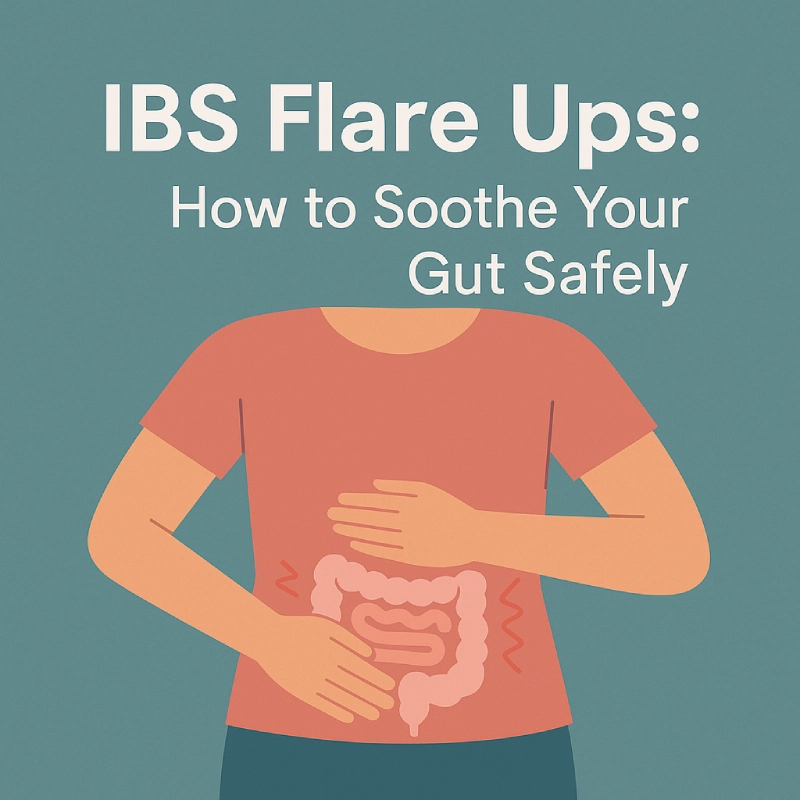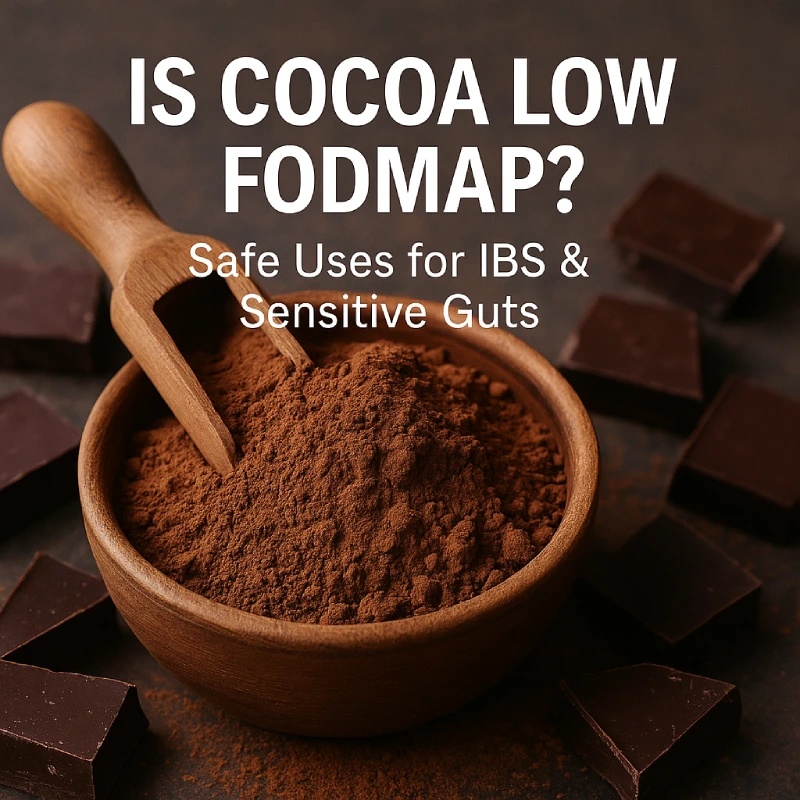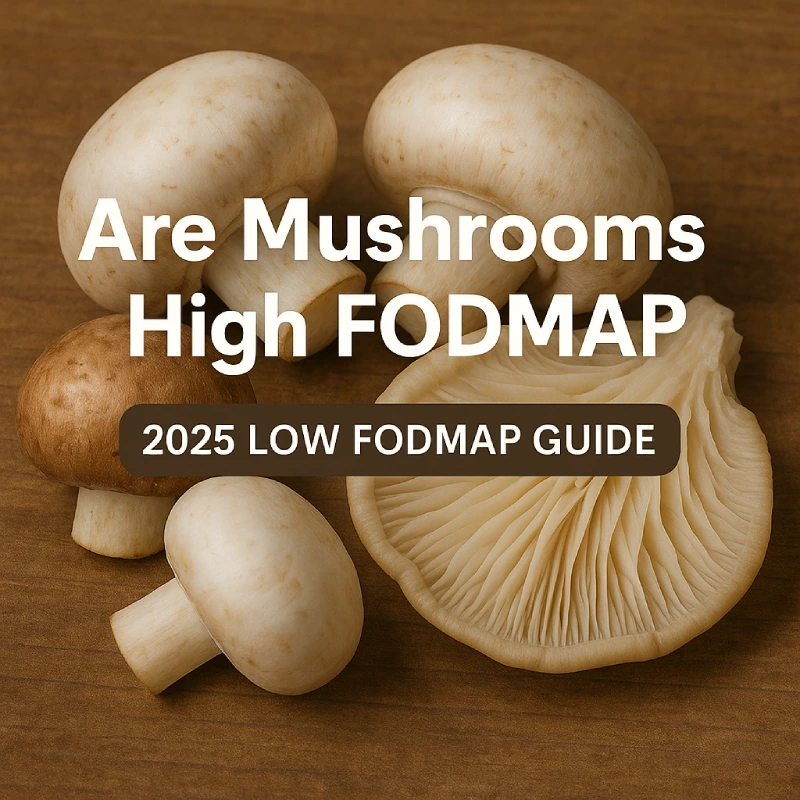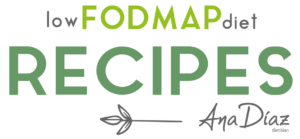Finding enough low FODMAP vegan protein can feel like a puzzle, especially when you’re also trying to soothe a sensitive gut. The good news? You don’t need to compromise on nourishment. With the right food choices, you can enjoy balanced, satisfying meals that are gentle on digestion and rich in plant-based protein.
In this guide, you’ll discover practical options, portion tips, and ideas for making your low FODMAP vegan lifestyle both healthy and enjoyable.
Table of Contents
Why Is Protein So Important on a Low FODMAP Vegan Diet?
Protein plays a vital role in repairing muscles, supporting immunity, stabilising blood sugar, producing hormones, and even regulating mood. For those following a vegan lifestyle, legumes, nuts, and soy products are usually the backbone of protein intake. But here’s the challenge: many of these foods are naturally high in FODMAPs; fermentable carbohydrates that can trigger bloating, pain, or other gut symptoms in sensitive individuals.
That’s where the Monash University FODMAP programme becomes invaluable. Their team continues to test and re-test foods (most recently in the 2025 update) to clarify which ones, and in what amounts, are safe for a low FODMAP diet. This research helps vegans build a varied, protein-rich diet without the discomfort that high FODMAP foods can sometimes bring.
The Best Low FODMAP Vegan Protein Foods
Let’s explore the main low FODMAP vegan protein sources, one by one, with nutritional highlights and practical tips.
1. Firm and Extra-Firm Tofu
Tofu is a vegan protein cornerstone, and for good reason. Unlike silken tofu (which is high in GOS, a type of FODMAP), firm and extra-firm tofu are low FODMAP because much of the water and fermentable carbohydrates are pressed out during production.
- Serving size: 170 g (about ¾ of a standard block) is considered low FODMAP.
- Nutritional highlights: Around 19 g of protein per 170 g serve, plus calcium if prepared with calcium sulphate.
- Practical tip: Marinate tofu in tamari, ginger, and garlic-infused oil (garlic flavour, without FODMAPs) before baking or stir-frying.
2. Tempeh
Tempeh, made from fermented soybeans, offers a nutty flavour and firm texture. The fermentation process may slightly reduce FODMAP levels, though this varies.
- Serving size: 100 g is typically tolerated.
- Nutritional highlights: Around 19 g of protein per 100 g, along with fibre, magnesium, and probiotics (depending on processing).
- Practical tip: Slice thinly, marinate with tamari and lime, and pan-fry until golden. Great in sandwiches, wraps, or grain bowls.
3. Canned Lentils
Lentils are usually high FODMAP, but canned lentils (drained and well-rinsed) are different. The canning process leaches out some of the GOS into the brine.
- Serving size: 75 g (about ½ cup drained) is low FODMAP.
- Nutritional highlights: Around 7–9 g of protein per serve, plus iron, folate, and fibre.
- Practical tip: Add canned lentils to soups or salads for a gentle protein boost.
4. Canned Chickpeas
Like lentils, canned chickpeas become more FODMAP-friendly when drained and rinsed. While dried chickpeas are too high in FODMAPs, the canned version works in moderation.
- Serving size: 42 g (about ¼ cup drained) is low FODMAP.
- Nutritional highlights: Roughly 4 g of protein per serve, plus manganese and copper.
- Practical tip: Blend into a simple hummus with tahini, lemon, and garlic-infused oil; delicious and gut-friendly.
5. Edamame (Young Soybeans)
Edamame beans are a fantastic snack or salad topper. They provide a satisfying bite along with a good dose of plant-based protein.
- Serving size: 90 g (about ½ cup) is low FODMAP.
- Nutritional highlights: About 9 g of protein per serve, plus iron, calcium, and folate.
- Practical tip: Steam and sprinkle with sea salt, or toss into a stir-fry for extra crunch.
6. Nuts and Seeds
Not all nuts are low FODMAP, but several are safe in modest portions, and they’re nutrient-dense.
- Almonds: The 2025 update confirms that up to 10 almonds are tolerated.
- Walnuts, macadamias, pecans: Gentle options in small handfuls.
- Pumpkin seeds: Excellent protein and zinc source.
- Chia seeds: High in omega-3 ALA and fibre; 2 tablespoons are low FODMAP.
- Hemp seeds: A true powerhouse, with around 9–10 g of protein per 3 tablespoons, plus magnesium, iron, and essential fatty acids.
Practical tip: Add seeds to porridge, salads, or smoothies for a nourishing boost.
7. Quinoa
Quinoa is one of the few plant foods that provides all nine essential amino acids. It’s also naturally gluten-free and low FODMAP.
- Serving size: 1 cup cooked is low FODMAP.
- Nutritional highlights: Around 8 g of protein per cooked cup, plus manganese, phosphorus, and fibre.
- Practical tip: Use as a base for warm bowls, salads, or even a breakfast porridge with cinnamon and berries.
8. Seitan (Wheat Protein)
Seitan is made by washing flour until only gluten remains. Despite coming from wheat, it contains virtually no FODMAPs because it is almost pure protein.
- Serving size: 75–100 g is usually well tolerated (unless gluten sensitive).
- Nutritional highlights: 21 g of protein per 100 g, low in fat, and versatile in cooking.
- Practical tip: Pan-fry strips of seitan with tamari and ginger for a quick “stir-fry protein.”
9. Hemp Seeds
Hemp seeds deserve a spotlight of their own. Soft, nutty, and highly digestible, they offer protein, fibre, and essential fatty acids; all in a FODMAP-friendly package.
- Serving size: 3 tablespoons are low FODMAP.
- Nutritional highlights: About 10 g of protein per serving, plus omega-3 and omega-6 fatty acids in an ideal ratio, along with magnesium, iron, and zinc.
- Practical tip: Sprinkle over yoghurt alternatives, blend into smoothies, or stir into oatmeal.
How to Balance Your Low FODMAP Vegan Plate
Portion Control Is Key
Many plant proteins are “low FODMAP” only at certain serving sizes. Eating more may tip a food into high FODMAP territory. Using the Monash University FODMAP app helps keep your portions gut-friendly.
Variety Matters
No single plant protein source is perfect on its own. Combining different foods (like tofu, quinoa, and seeds) helps you cover all essential amino acids while keeping meals interesting.
Don’t Forget Micronutrients
Protein isn’t the only concern. On a low FODMAP vegan diet, pay attention to:
- Iron: lentils, pumpkin seeds, and spinach (combine with vitamin C for better absorption).
- Calcium: fortified plant milks (soy protein-based, oat, almond) and firm tofu.
- Vitamin B12: usually requires supplementation.
- Omega-3s: chia, hemp, and walnuts.
Practical Meal Ideas with Low FODMAP Vegan Protein
Here are five varied, simple ideas for inspiration:
- Breakfast: Overnight oats made with almond milk, topped with hemp seeds, blueberries (low FODMAP portion), and a spoonful of peanut butter.
- Lunch: Buddha bowl with baked tempeh, brown rice, roasted carrots, and tahini-lemon dressing.
- Snack: Rice cakes spread with pumpkin seed butter and sliced strawberries.
- Dinner: Stir-fried seitan with zucchini, carrots, ginger, and a side of soba noodles (buckwheat).
- Light Supper: Lentil and spinach soup made with canned lentils, fresh herbs, and garlic-infused oil.
FAQs: Low FODMAP Vegan Protein
Is it possible to get enough protein on a low FODMAP vegan diet?
Yes. Combining tolerated servings of tofu, tempeh, quinoa, nuts, seeds, and some pulses provides plenty of protein across the day.
Are protein powders low FODMAP?
Some are. Look for rice, hemp, or pea protein powders certified by Monash University or tested as low FODMAP. Always check labels for high FODMAP sweeteners or fibres.
Can I eat hummus on a low FODMAP diet?
Yes, if made with canned chickpeas in small portions. Swap garlic for garlic-infused oil to keep it gentle.
What about soy milk?
Soy milk made from soy protein (not whole soybeans) is usually low FODMAP. Always check the label and your tolerance.
Do I need supplements?
You might. Many vegans benefit from vitamin B12, vitamin D, and sometimes omega-3 supplements. A dietitian can help you decide what’s right for you.
Are hemp seeds really a good protein source?
Absolutely. Three tablespoons provide around 10 g of protein, plus healthy fats and minerals; all low FODMAP.
Gentle Takeaway
Eating low FODMAP vegan protein isn’t about restriction; it’s about balance, discovery, and kindness to your gut. By choosing the right foods in the right portions, you can enjoy a rich variety of flavours while staying comfortable and energised.
If you’d like personalised support, consider speaking with a registered dietitian trained in FODMAP guidance. And remember: each meal is more than nutrition; it’s a moment of care for yourself.
